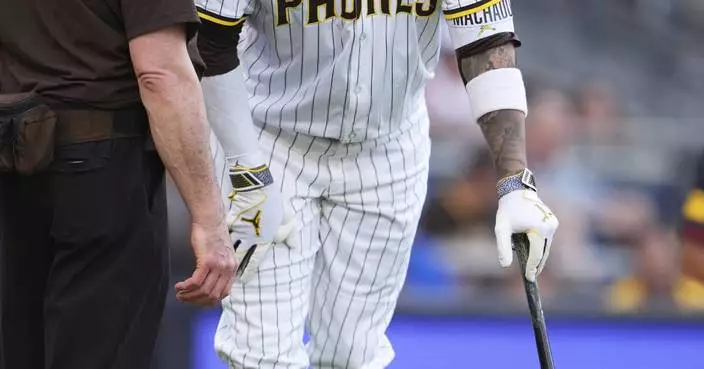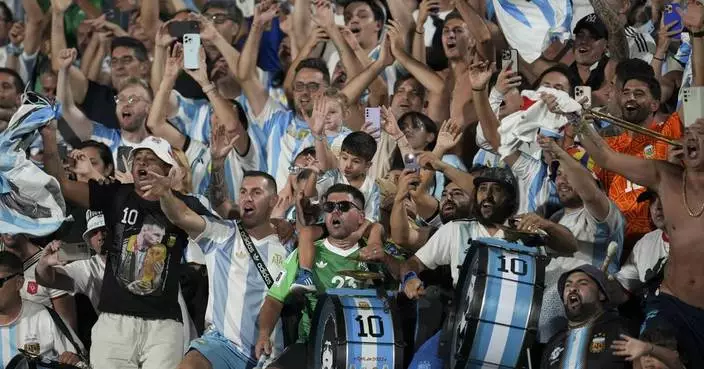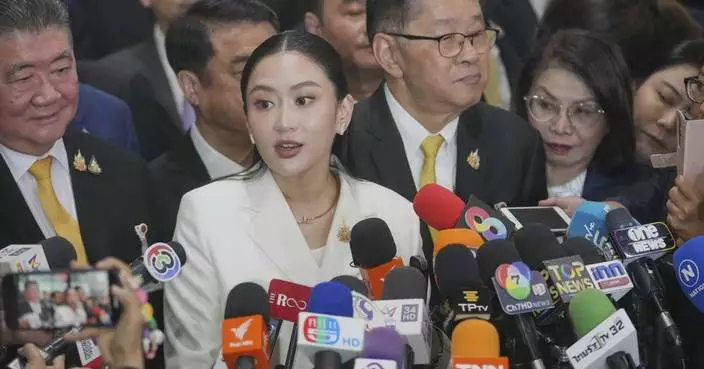Latest Turkish developed unmanned aerial vehicles (UAVs) were unveiled at the on-going fourth edition of Türkiye's leading international defense and aerospace exhibition in the capital city of Istanbul.
Organized by SAHA Istanbul, one of the largest clusters of the European Aerospace Cluster Partnership, the five-day Saha Expo Defense and Aerospace Exhibition that started on Tuesday has attracted more than 300 delegations from 120 countries and is attended by 1,400 companies, according to the expo's official website.
As one of the world's most important defense exhibitions, this year's event showcased over 300 high-tech products, covering cutting-edge technologies such as drones, warships, and aerospace equipment. Breakthroughs in drone technology became the focal point of the exhibition.
A major highlight of this exhibition was the debut of the Bayraktar TB3, a significant upgrade from the earlier TB2 model. The TB3's standout feature is its capability to take off and land on aircraft carriers, making it more versatile. It's more than just a reconnaissance drone; with advancements in AI autonomous technology, the TB3 can now independently execute precise strike missions in addition to autonomous flight.
The Bayraktar TB3 UAV not only continues the TB2’s capabilities in precision strikes, long-range flights, and strong stealth on the battlefield but also represents a technological leap forward.
With a wingspan of 14 meters, the TB3 UAV is designed for carrier-based operations, enabling it to take off from aircraft carriers and amphibious assault ships. This capability significantly extends its combat radius and enhances its operational flexibility. Additionally, the TB3's payload capacity has been increased to 280 kilograms, allowing it to carry more powerful weaponry systems for various missions.
Also draws visitors' attention at this year's exhibition is the Talay UAV, designed specifically for maritime operations.
Meaning "Ocean Warrior" in Turkish, Talay's standout feature is its exceptional stealth capability. This drone can cruise at altitudes as low as 3 to 5 meters and even as low as 30 centimeters above sea level, allowing it to evade radar detection effectively. This unique low-altitude flight capability makes Talay particularly suitable for maritime missions.
Talay UAV boasts a flight speed exceeding 200 kilometers per hour and a flight endurance of 3 hours. Therefore, the Talay UAV is described as a "sharp blade" for sea operations as it is capable of executing high-speed strike operations.
"Its low altitude. Stabilization is based on the AI actually. Second subject is target locating, [it is] using AI visual process. Lastly, it uses the AI in the present point, returning the present point," said Esad Ceker, UAV development specialist.
The use of AI technology enable both the new-generation carrier-based UAV Bayraktar TB3 and the Talay UAV to not only fly but also combat as AI allows these UAVs to analyze data in real time, optimize tactical decisions, and improve combat efficiency while minimizing the need for human intervention.
"Communication, and decision-making algorithms that work together that can replace each other. Then for example, they navigate from point A to navigate to point B they don't need any interference from human being. They solve all the problems. This is part of the combat experience," said Ozgur Eksi, defense industry expert.

Latest Turkish developed UAVs displayed at defense exhibition

Latest Turkish developed UAVs displayed at defense exhibition




















































